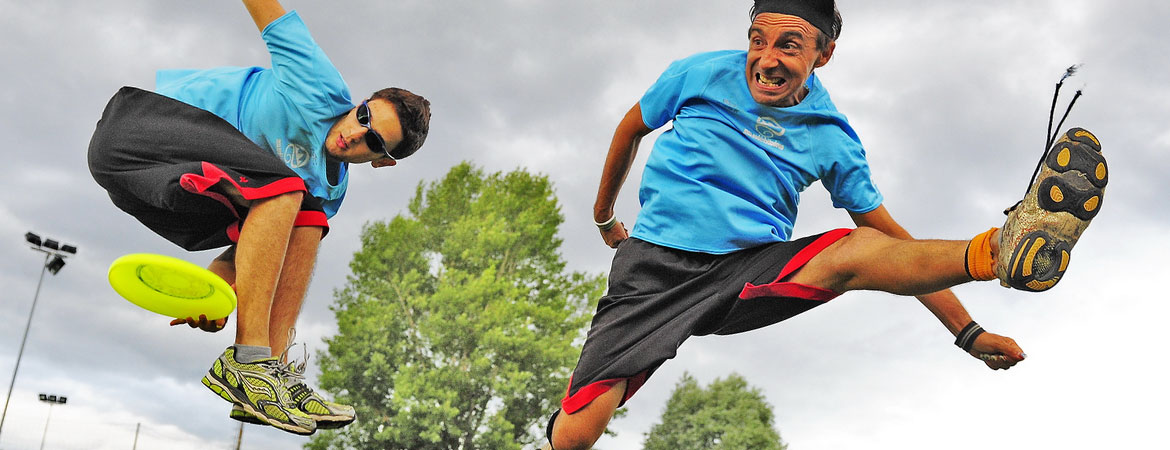No one really knows who the very first person was to fling a disc-like item, and it really would be impossible to find out. However, the earliest known documented instance of anyone undertaking an organized flying disc activity was uncovered by Victor Malafronte while doing research for his book, The Complete Book of Frisbee. In 1926, In Bladworth, Saskatchewan, Canada, Ronald Gibson and a group of his Bladworth Elementary school chums played a game they called “Tin Lid Golf.” They played the game on a fairly regular basis until they finished high school and went their separate ways. Victor’s book gives accounts of similar instances of early cardboard and metal container lid play in the 1930s, 40s and 50s.
What is still unknown is how much of this early pre-plastic disc play included fancy “freestyle” type throwing or catching. It is very likely that among the people involved in early disc play, there were some creative people who showed off their disc flying prowess by flipping a disc behind the back and/or catching a disc between the legs, etc. Most likely this happened now and then, perhaps even before 1926, but there is not a lot of documentation about early disc play prior to 1948.
Even after the first plastic flying discs became available, there aren’t many documented stories of Frisbee players doing “freestyle” type of play until about 1968. A notable exception is a quite young Dan Roddick and his father, “Papa Jack” Roddick. Papa Jack gave 5-year-old Danny one of Fred Morrison’s original plastic flying saucer discs for Christmas in 1953. That Flyin’ Saucer became part of their regular family fun activities. Papa Jack and Dan became quite proficient with fancy throws and catches, so much so that at the 1962 Seattle World’s Fair, they were invited to participate with the Wham-O Frisbee Disc demonstration team. The team inspired them to discover the potential of the game. Then three years later at the New York World’s Fair, Dan and Papa Jack again linked up with the Wham-O Frisbee team, and were actually more advanced with their throwing and catching skills than the demo team itself.
Read the complete story of Freestyle Disc and it’s evolution from 1970’s till now >>
